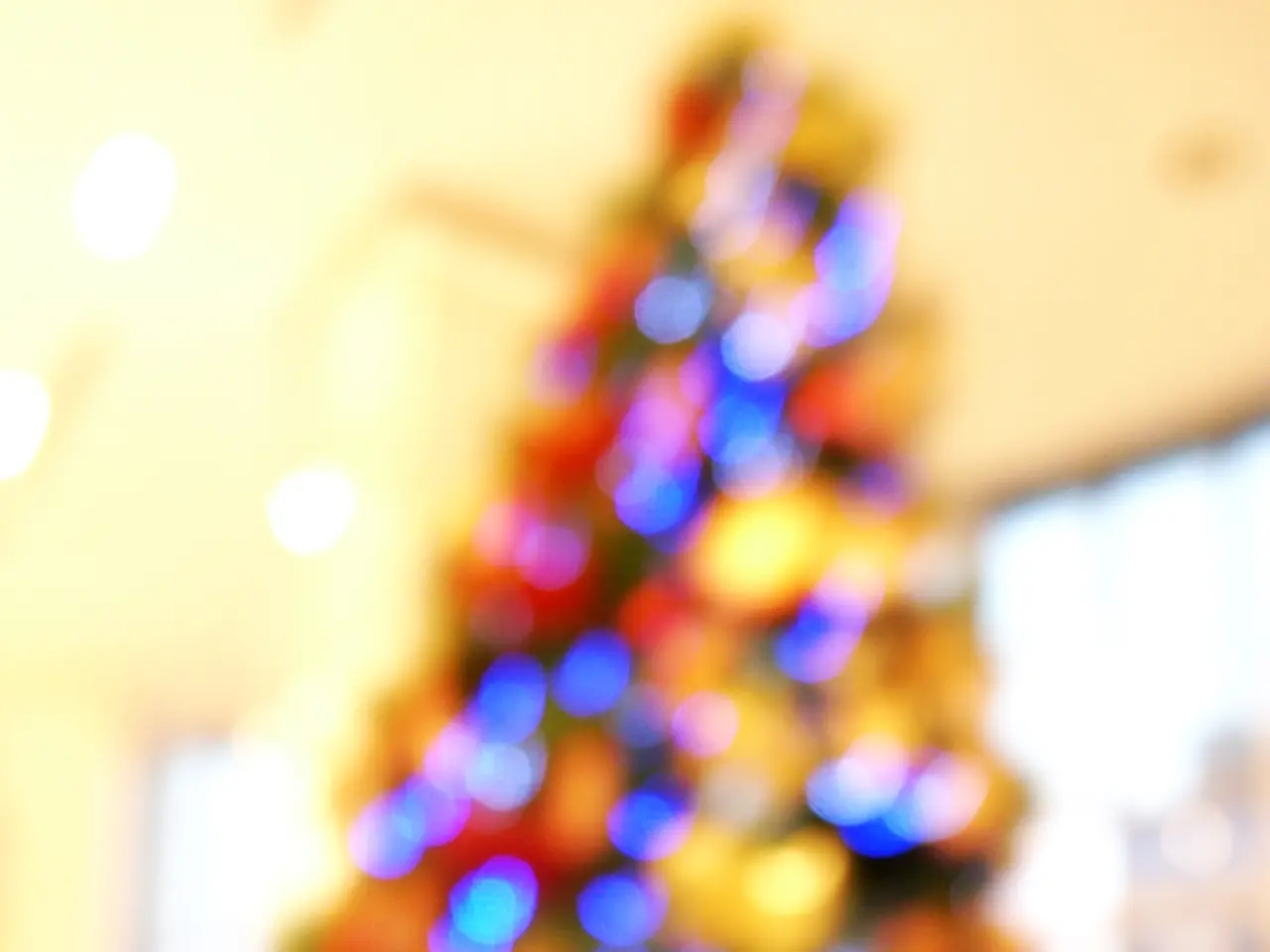Which Christmas tree is more eco-friendly: real or artificial? Guide to selecting the most sustainable holiday tree.
In the spirit of the season, let's take a closer look at the environmental impact of two popular Christmas tree options: real and artificial trees.
The majority of real Christmas trees sold in the UK are grown in dedicated fields and on Christmas tree farms. These trees, when properly disposed of, can decompose and return nutrients to the soil. During their growth period, they absorb carbon dioxide and provide a home for wildlife, especially birds. However, if they end up in landfills, they generate methane, a potent greenhouse gas, worsening their impact. On the other hand, locally sourcing real trees reduces transportation emissions compared to trees shipped long distances, making them more eco-friendly.
Artificial trees, made from synthetic materials like PVC, have a higher upfront carbon footprint due to manufacturing and shipping. However, reusing the same artificial tree for many years spreads out this footprint, making them more sustainable over time. Experts suggest that if artificial trees are discarded after only a few uses, their environmental impact is higher than that of a well-managed real tree. The environmental benefit of artificial trees increases significantly if used for at least 7-10 years, thus avoiding frequent purchase and disposal.
When considering the overall impact, neither option is overwhelmingly better if factors like sourcing, usage duration, and disposal are considered carefully. The British Christmas Tree Growers Association suggests considering the transportation method and plans for reusing the tree when deciding on its environmental impact.
If you already have an artificial tree, reuse it for as long as possible. Local authorities often offer a Christmas tree collection service, and shredding your tree can create mulch for your garden or compost bin. Burning a Christmas tree in a log burner or wood burning stove can reduce carbon emissions.
It's important to note that not all real, farmed Christmas trees are equal, and several factors should be considered when buying one. Real Christmas trees are treated like a crop, and are not felled from existing forests. If buying a new artificial tree, choose one with a classic look to reduce the likelihood of throwing it away when it goes out of fashion.
Lastly, some argue that the land used for growing real Christmas trees could be put to better use, such as for growing food or creating native woodland. However, the carbon sequestration and wildlife benefits provided by Christmas tree farms should not be overlooked.
In summary, the most environmentally friendly choice depends on usage and disposal: a real tree that is locally sourced and properly composted or repurposed is superior if the artificial tree is used only briefly. But if you own an artificial tree and reuse it for many years, it becomes the greener option by reducing annual harvesting and associated emissions.
References:
[1] "Christmas Trees and the Environment". Forest Research, UK. (https://www.forestry.gov.uk/pdf/Christmas-Trees-and-the-Environment.pdf)
[2] "The Environmental Impact of Christmas Trees". The Guardian. (https://www.theguardian.com/environment/2019/dec/07/the-environmental-impact-of-christmas-trees)
[3] "Real or Artificial Christmas Trees: Which is Greener?". National Geographic. (https://www.nationalgeographic.com/environment/green-living/real-or-artificial-christmas-trees-which-is-greener/)
[4] "Why Real Christmas Trees Are Better for the Environment". The Telegraph. (https://www.telegraph.co.uk/news/2019/12/06/real-christmas-trees-better-environment/)
[5] "The Environmental Impact of Christmas Trees". The Conversation. (https://theconversation.com/the-environmental-impact-of-christmas-trees-172414)
- To reduce the environmental impact of Christmas trees, it's advisable to reuse an existing artificial tree if possible, as the carbon footprint from repeated use decreases over time, making them more sustainable in the long run.
- For those opting for real trees, sourcing locally and properly disposing of or repurposing the tree after the holiday season can help maximize its environmental benefits, as it provides nutrients to the soil and supports wildlife.
- By considering factors like source, usage duration, and disposal or repurposing, one can make a more informed decision when choosing between real and artificial Christmas trees, aiming for a lifestyle that promotes sustainable living and home-and-garden practices.




